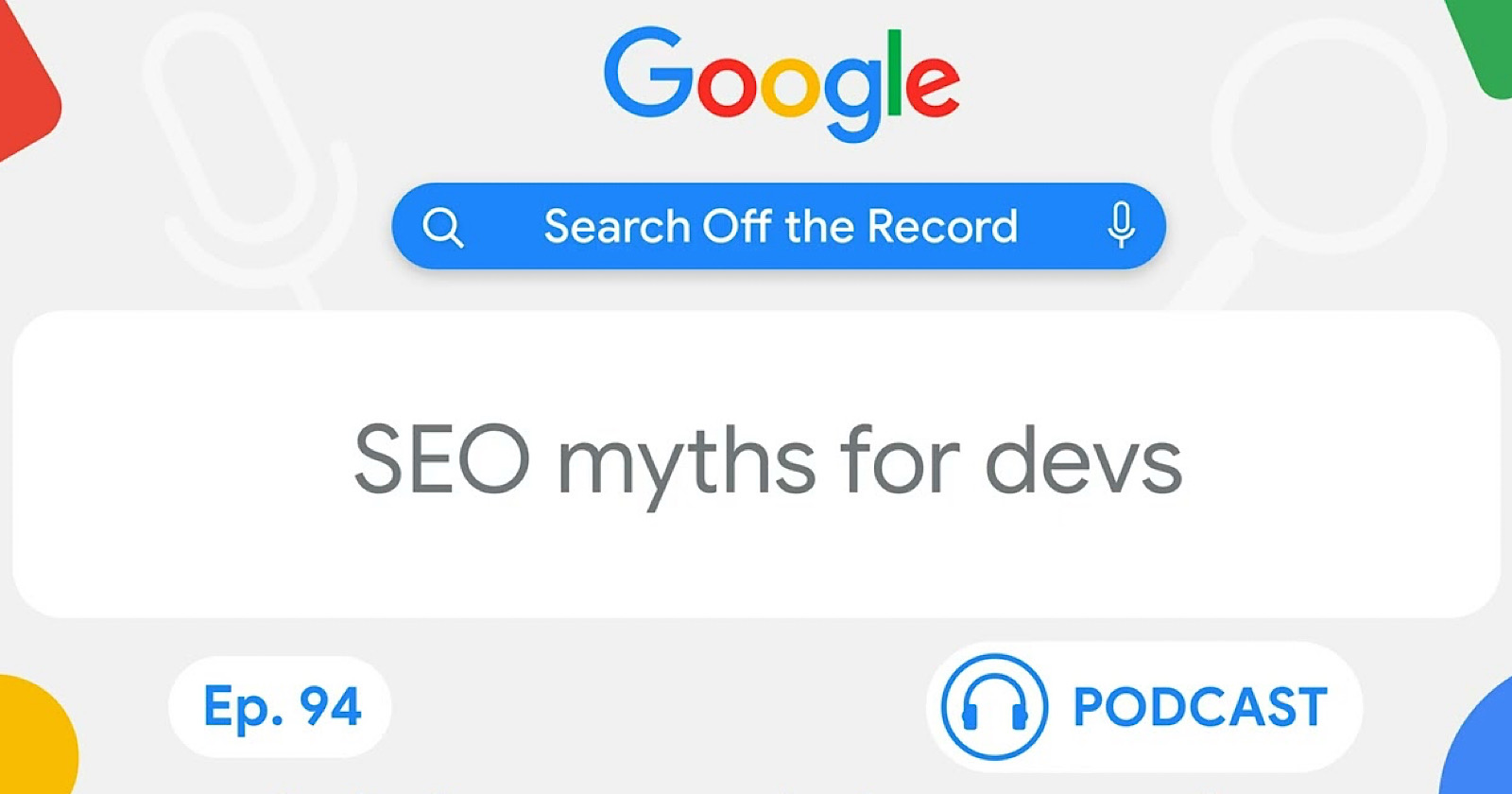The Marketer's Ultimate Guide to Link Bait
Can we please come up with some better terminology for the concept of "link bait"? For me, it conjures up thoughts of those evil bait-and-switch advertising schemes.

Can we please come up with some better terminology for the concept of "link bait"? For me, it conjures up thoughts of those evil bait-and-switch advertising schemes. But I'm going to say it loud and proud — "Not all link bait is bad!" There is a right and wrong way to use link bait, and, when done correctly, marketers can drive more traffic to their content without alienating their audience Here, we'll cover what link baiting entails, its benefits, and how to do it the right way. Let's dive in. Link bait is content that is designed to be highly shareable, attention-grabbing, thought-provoking, and valuable. Whether link baiting is good or bad depends on how it's executed, along with the intentions behind it. For instance, it can quickly go awry when marketers use deceptive tactics to drive clicks to content that lacks genuine value. For Matt Cutts, former Engineer at Google, link bait is "something interesting enough to catch people’s attention, and that doesn't have to be a bad thing." Again, the key is to combine link baiting with high-quality, valuable, and credible content. You want people to click on your blog and read until the last sentence. Brian Clark of Copyblogger believes that link bait is "just a sexy term for high-quality content that benefits the reader," even if he does admit that the term is pretty "inelegant." And I'm sure most experts would agree. Let's talk about why link bait is so effective, how it can benefit your marketing, and how you can approach creating top-notch link bait content that your readers love and value. Link bait content can be extremely beneficial to your marketing. Here are three powerful reasons why: Because link bait content is so interesting, it's usually very effective for generating inbound links (remember, it's called link bait for a reason). After all, people are way more likely to link back to something if they find it interesting. As a result, link bait content is extremely powerful for boosting your website's off-page SEO, which we know is the most influential way to increase your organic search rankings. As you're creating content you predict will make great link bait, be sure you're optimizing it using the keywords you want to rank for in search. This will help you leverage your link bait content to boost your rankings for the keywords you want to get found for in search. Because link bait content is interesting, there's usually a level of virality to it. As a result, link bait content is also usually a major traffic driver. The more traffic you generate to your blog or website, the more visitors you have the opportunity to convert into leads and customers. So, make sure your blog is optimized for conversion: use calls-to-action for your top marketing offers on every blog post as well as in your blog's top/sidebar(s). As a bonus, because link bait content has the tendency to rank well in search, the traffic it generates is usually very sustainable. Searchers will continue to stumble upon your link bait content long after it was originally published. Remember how we talked about how link-bait content is usually very sharable? Because this is so, link bait has a lot of potential to expose your business and your content to entirely new audiences you might not have reached otherwise. Thus, it helps you grow the top of your funnel, expanding your reach and attracting new blog readers. As we mentioned earlier, what any given marketer considers to be link bait is going to vary from business to business, industry to industry, and audience to audience. The key is to experiment with ideas you suspect will be successful for your particular blog, regularly conduct analyses like the one I did above, and learn from what tends to work as link bait for you. And just like setting out to create something that will definitely absolutely "go viral" is unrealistic, setting out to create link bait is never a given. The best you can do is emulate the qualities of content that have typically led to tons of inbound links and traffic for you in the past. Here are some ideas to get you going, each accompanied by successful link bait examples from the HubSpot blog: Publishing original data is not only a great tactic for earning media coverage – it can also make great link bait fodder. If you're a business that has access to original data that you can analyze to expose, add to, or refute an industry topic or trend, take advantage of it! If not, maybe there's an opportunity to partner with a research firm instead. Who doesn't love a little heated debate? Controversial content usually garners a lot of attention, so if you have an opinion on a controversial issue, you might have some link bait fodder on your hands. Your content doesn't even have to be centered around a radical opinion to leverage the power of controversy, either; it could just present a bit of data that refutes a common assumption your audience might have. Just don't go overboard with the controversy (you do still want to be likeable, right?), and don't be controversial just for the sake of being controversial. Make sure you're passionate about the stance you're taking, and always try to lean on data to back up your claims, like the post below does. HubSpot examples: Taking a topic you know performs well on your blog and publishing the most comprehensive post about it on the web (or at least attempting to) can make for a great link bait win. Is there a popular topic in your industry that few have written about (or written about well) where you see an opportunity? Jump on it! Even better if you can be one of the first to produce comprehensive content on a trending topic. HubSpot examples: Visual content is all the rage in marketing these days, especially when it comes to social media marketing. It's no wonder why it makes excellent link bait content. Visual content doesn't have to take the form of infographics to be link bait-friendly. Sometimes posts that compile a list of awesome visuals (like the example below) can work out just as well. Other types of visual link-bait content you can create include cartoons or content/concept visualizations . HubSpot examples: This content goes far because it's usually easy to consume, great fodder for sharing, quick to scan, requires little thought (on your readers' end), and well ... it's FUN! Think music videos or just content that leverages pop culture references or emerging, mainstreamed trends, like our example below. HubSpot examples: Don't gloss over the text within those parentheses. The important thing to remember is that your content must live up to its title; otherwise, it won't achieve link bait status. If your title is overly sensational and hyperbolic, yet the content it alludes to is barely average, you'll undermine your credibility and lose readers' interest in your content altogether. By now, you should be pretty convinced that link bait isn't always some evil, black-hat marketing tactic you need to avoid like the plague. But that doesn't mean all link bait is high quality, or that you can't abuse it. After all, link bait had to get its bad rap from somewhere, right? Before you set off to create a piece of content you think will make great link bait, make sure your answer to the question, "Will my audience still find this valuable?" is "Absolutely!" And remember, there is such a thing as 'entertainment value,' too. Furthermore, think of your blog as a well-balanced diet. If you feed your blog readers the same diet of lean meat, hearty grains, and nutritious vegetables all the time and deny them any sort of dessert (or variety), they might also start looking for a new chef. So go ahead — give your readers some candy every once in a while. Just don't give them too much, or their teeth will rot.
Table of Contents
What is link bait?
The Benefits of Link Baiting
1. Increased search rankings.
2. More traffic and conversion opportunities.
3. Exposure to new audiences.
How to Do Link Bait Correctly
1. Original, Striking Data
2. Controversial Content
3. Being the Most Comprehensive (Or First) Resource on a Popular Topic
4. Visual Content
5. Content That's Creative, Entertaining, or Fun
6. A Title People Simply Can't Help Themselves From Clicking (Accompanied by Awesome Content)
Back to You


 Hollif
Hollif ![Free State of Marketing Report [Updated for 2023]](https://no-cache.hubspot.com/cta/default/53/b0f73a5e-16e4-41fd-9511-8564efc560a7.png)











_2.jpg)
![3 Foundational Skills Every Marketer Needs – Cydney D’Costa [VIDEO]](https://www.digitalmarketer.com/wp-content/uploads/2022/03/3-Foundational-Skills-Every-Marketer-Needs-1920-×-1080-px.png)


















